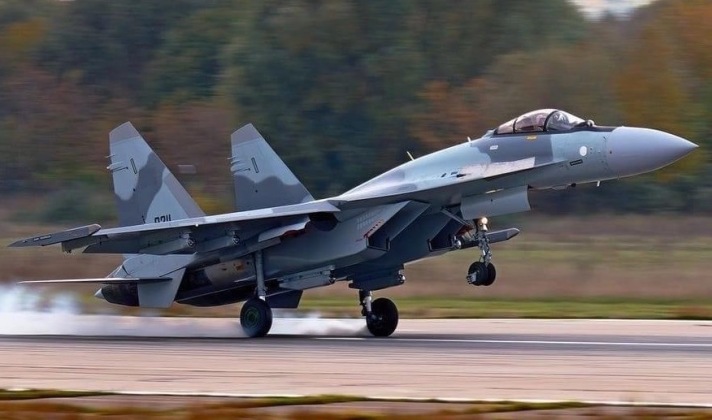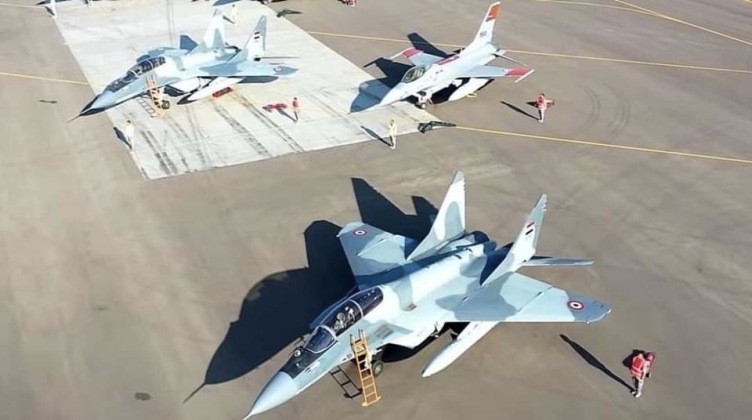On March 15 head of the U.S. Central Command, General Frank McKenzie, informed the Senate Armed Services Committee that the United States would sell F-15 Eagle fighter jets to Egypt. “In the case of Egypt, I think we have good news, in that we are going to provide them with F-15s, which was a long, hard slog,” he said, providing no further details. The State Department has yet to sign off on the sale or to officially notify Congress. This comes as Egypt has come under immense Western pressure including the threat of economic sanctions to refrain from purchasing Russian armaments, and particularly advanced Russian fighter jets. Egypt in 2015 placed an order for 46 MiG-29M medium weight fighters, although it drew more attention from Washington when it ordered an estimated 26 advanced heavyweight Su-35 fighters in late 2018. Although over half of the Su-35s are thought to have been built, none have been delivered to Egypt with Cairo having held out against Western pressure to cancel the deal but reportedly refraining from receiving the aircraft due to the fear of American economic sanctions.

The Su-35 was set to be Egypt’s first class of heavyweight fighter, which carry larger sensors, more firepower, fly higher, and have higher endurances than lighter aircraft. Egypt first tried to purchase heavyweight fighters in the 1970s, when it attempted to acquire F-15 Eagles from the United States when the aircraft was first set to enter service in 1976. Egypt was not only rejected from acquiring the F-15, but has also not been permitted to acquire any viable standoff weapons for its lower end lightweight F-16 fighters that it was permitted to purchase – leading the Egyptian F-16 fleet to widely be referred to as the worst in the world. As the United States seeks to increase pressure on Russia following the outbreak of war in Ukraine on February 24, there remains a significantly possibility that it has offered Egypt the F-15, over 45 years after it first sought to acquire the class, to provide a further incentive to terminate the Su-35 deal. This could serve to not only strip Russian of valuable export contracts, but also to isolate Russia as Cairo will likely be pressured to reduce joint exercises and other forms of defence cooperation.

The F-15 is the oldest fighter airframe still in production, having first flown half a century ago in 1972, and while in the 1970s it would have made Egypt a major air power today its capabilities are far less cutting edge. While Egypt could purchase the F-15, it will still likely be far less capable than the MiG-29M fighters it already fields or even the F-16s fielded by neighbouring countries due to the American policy of seriously downgrading any aerial warfare systems sold to Egypt. The F-15s may well not carry advanced standoff weapons for either air to ground or air to air roles, and have seriously downgraded electronic warfare systems and countermeasures leaving them at an overwhelming disadvantage. Unlike the Su-35 and MiG-29M, which Egypt can use relatively freely as demonstrated by its MiG-29 deployments to Sudan in 2020, American aircraft can only be flown and deployed in ways strictly approved by the United States, which includes restricting the airbases they can deploy to. With the U.S. also strictly controlling their codes, Egypt will struggle to use the aircraft for operations not approved by the United States. This will only place further pressure on its two MiG-29M squadrons as the only ones operating freely and at international standards, and will be far more costly for Egypt than acquiring further MiG-29M or Su-35 units with the F-15 costing over three times as much as the Su-35 despite being lighter and in many respects less capable – even when not specially downgraded for Egyptian use.
